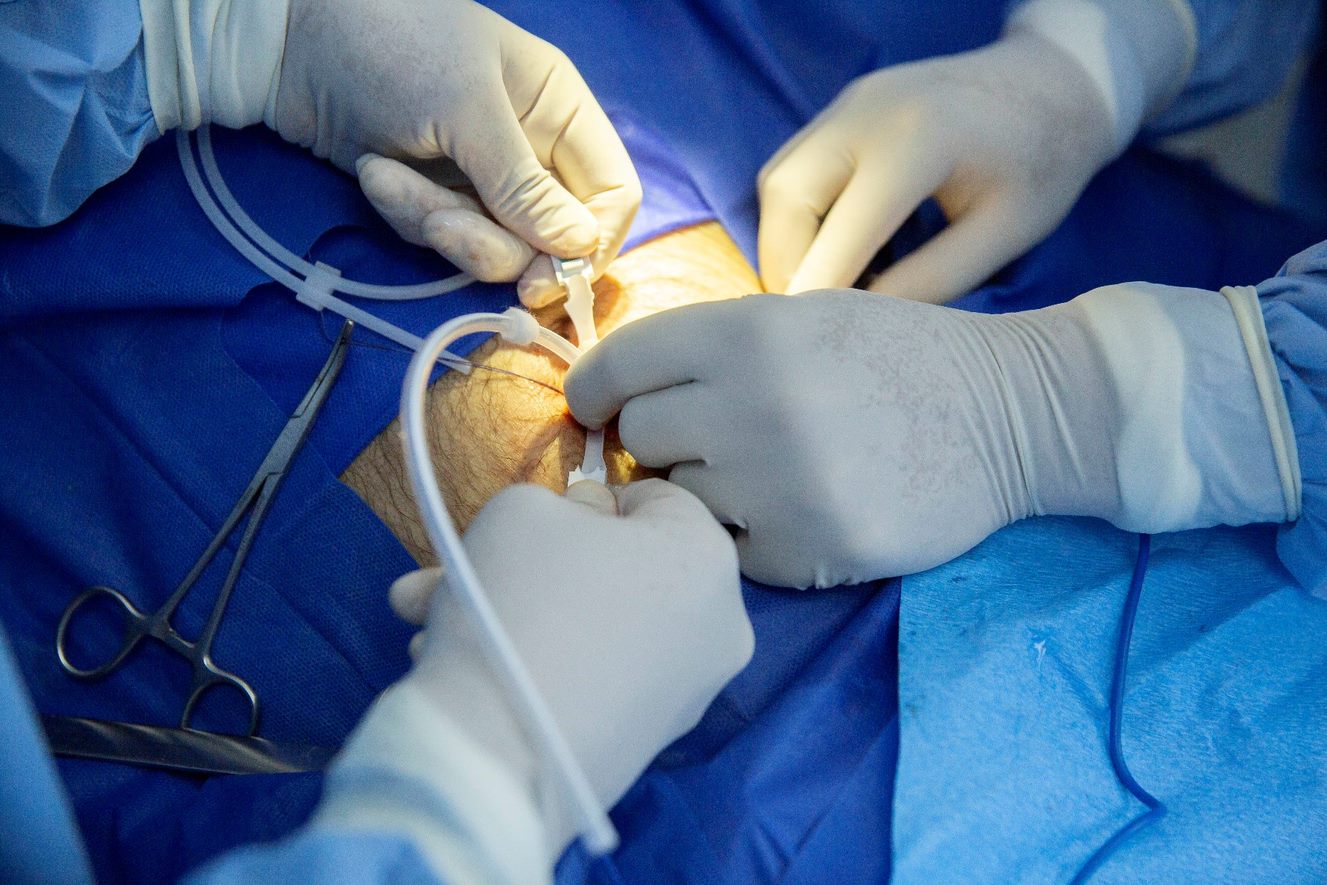Series 4
This site is for Healthcare Professionals only.
We deliver and support renal therapies across the continuum of care, including the innovative HDx.
Learn more about Baxter’s key products for Renal Care – across the continuum of care.
Peritoneal Dialysis
Hemodialysis
Groundbreaking research and inspirational patient stories.
Learn the basics of PD and perform it with confidence
Implement high-quality PD, establish new services, and collaborate with regional colleagues
Develop a passion for driving excellence in PD; mentor and encourage peers and stakeholders in your area
The PD Academy is the comprehensive peritoneal dialysis (PD) training program for doctors and nurses.
About usDiscover the 4 steps to kickstart your PD education
Find out more about the faculty members who developed the PD courses
This site is for Healthcare Professionals only.

Peritoneal Dialysis Catheter Insertion is an Essential Medical Service for Kidney Failure Patients in COVID-19 Pandemic

A Safe Technique With Outcomes Shown to be Equivalent to—or Even Better Than—Surgically Placed Peritoneal Dialysis Catheters

Nephrologist-Inserted Catheter Demonstrated a Higher Peritoneal Dialysis Utilization Rate and a Shorter Rate of Initiation with Lesser Complications

Minimally Invasive Approach Technique and Reduced Dependence on Resources in Operating Theaters

Reduced dependence on operating theater staff, surgical equipment anesthetists, operating facilities and reduced hospital stays.
Avoidance of need for surgical time.

Fewer abdominal wounds Length of hospitalization could be reduced.

Cancellation from overbooked surgical theaters or emergency surgery taking priority.

Shorter waiting times for insertion/break-in period in kidney failure patients.
Limits time required from diagnosis of dialysis to initiation of treatment in AKI patients.
AKI: Acute Kidney Injury
Henderson S, Brown E, Levy J. Safety and efficacy of percutaneous insertion of peritoneal dialysis catheters under sedation and local anaesthetic. Nephrol Dial Transplant. 2009 Nov;24(11):3499-504.
Cullis B, Al-Hwiesh A, Kilonzo K, et al. ISPD guidelines for peritoneal dialysis in acute kidney injury: 2020 update (adults). Perit Dial Int. 2021;41(1):15-31.
Sivaramakrishnan R, Gupta S, Agarwal SK, et.al. Comparison of outcomes between surgically placed and percutaneously placed peritoneal dialysis catheters: A retrospective study. Indian J Nephrol. 2016;26(4):268-274.